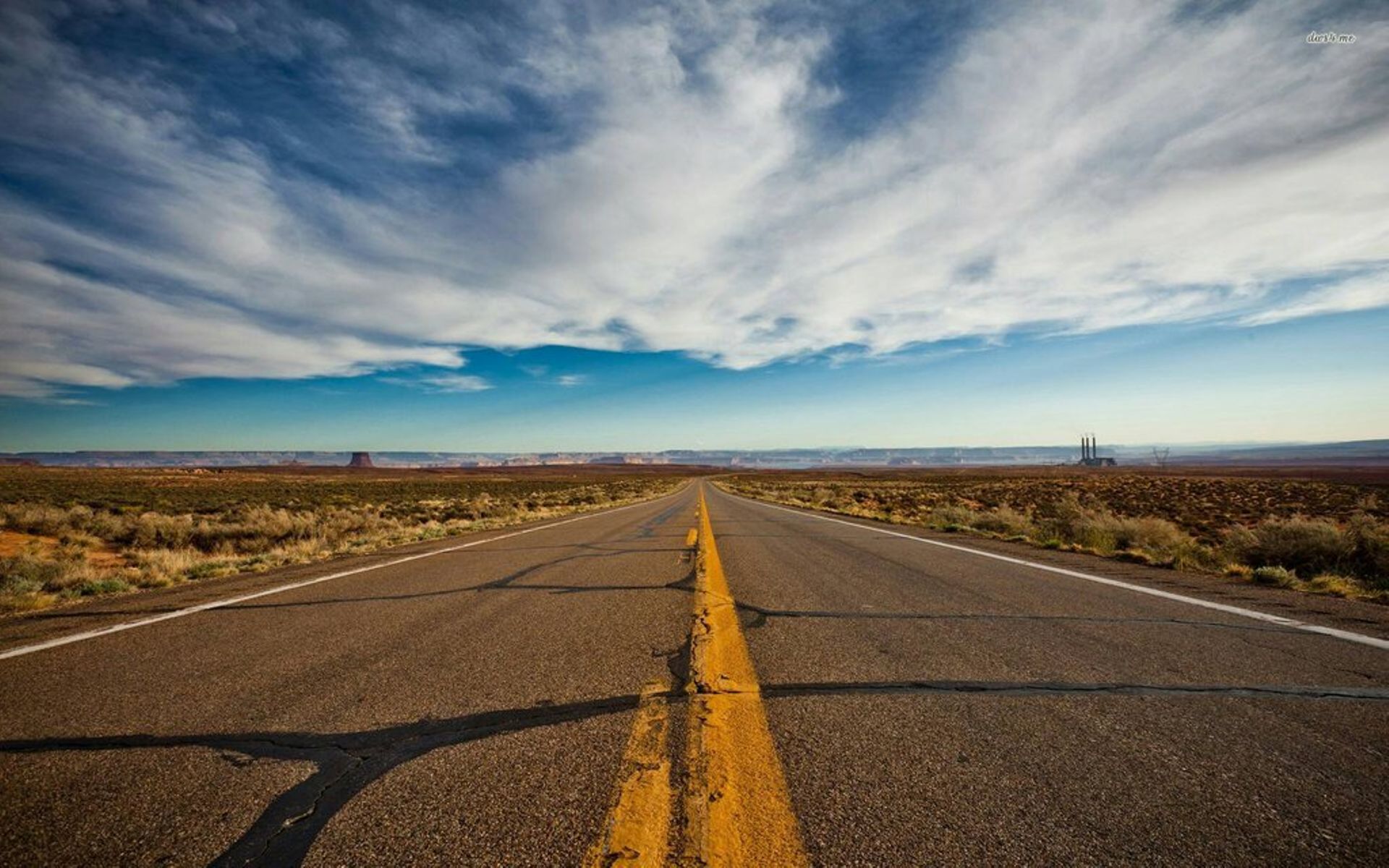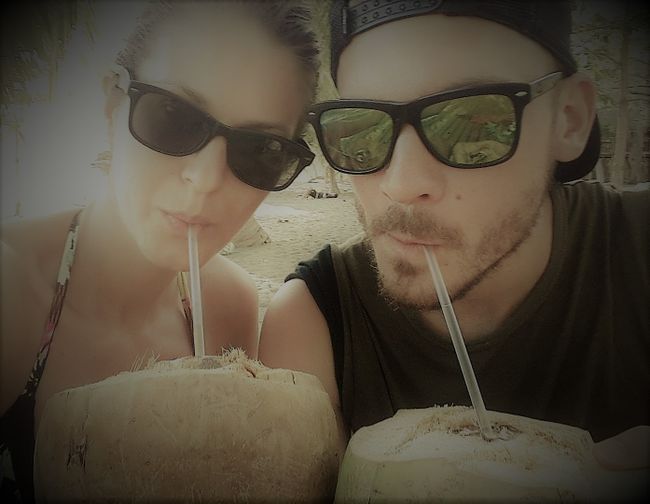Getting up close with Pachamama! - Cusco
Հրատարակվել է: 25.01.2018
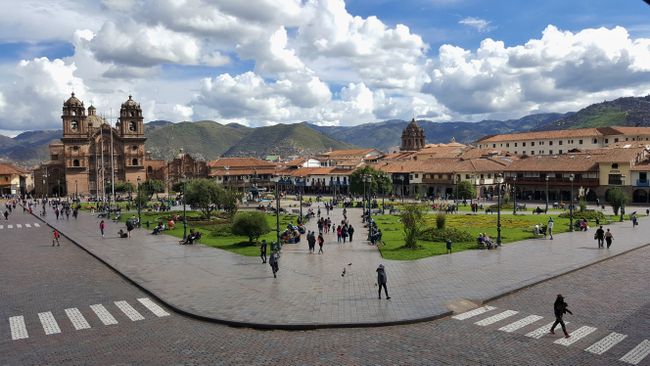
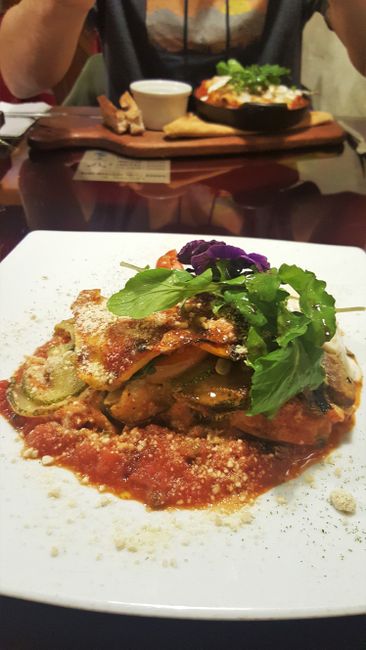
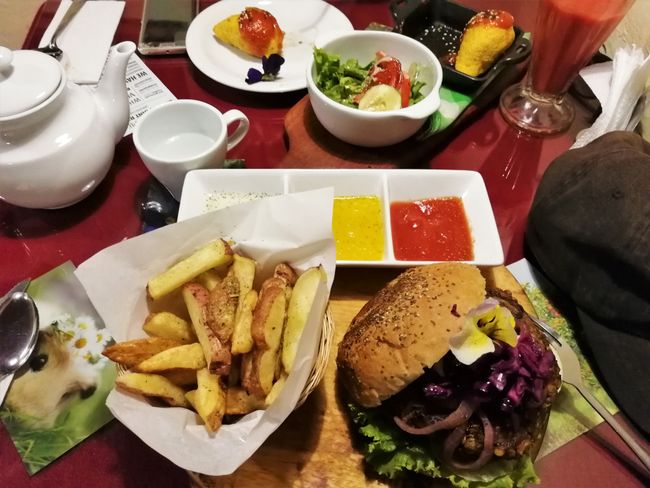
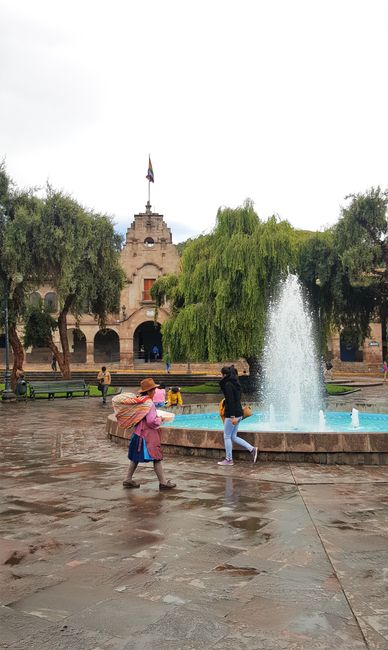
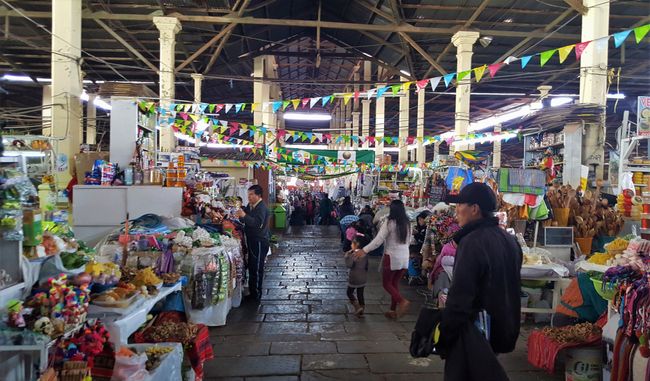
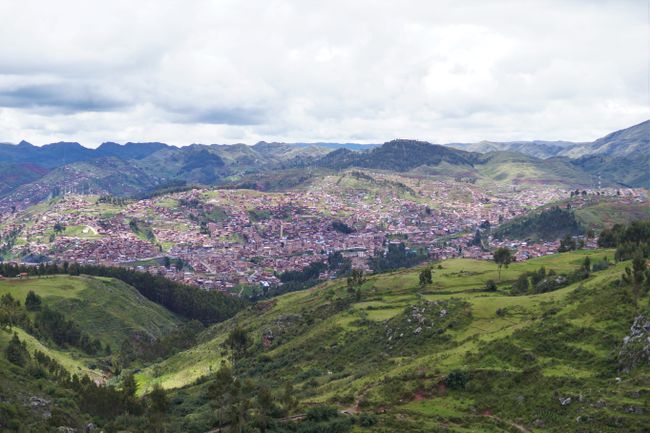
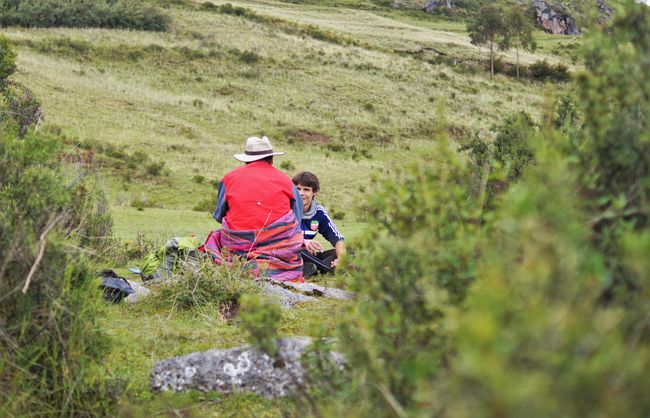
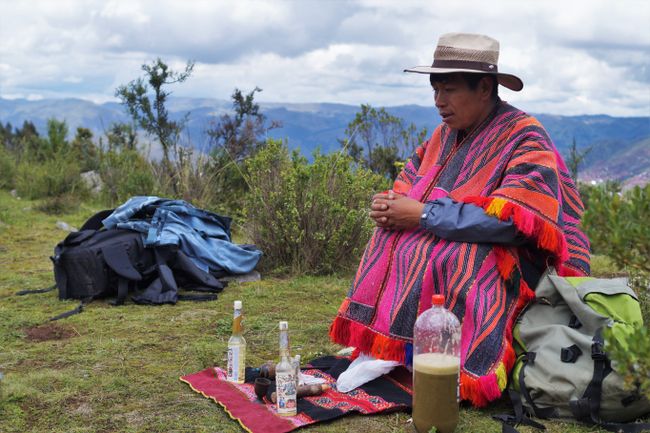
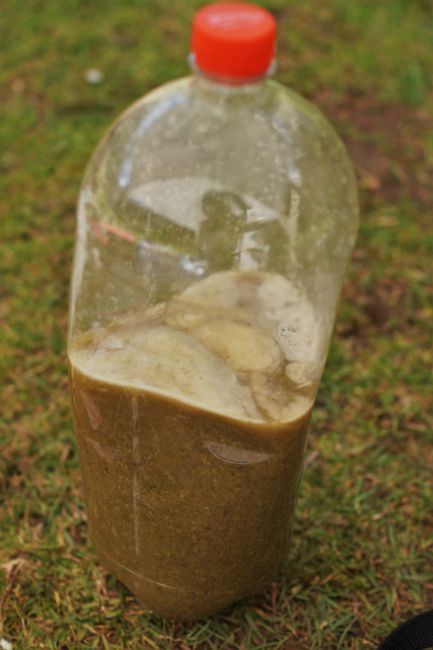
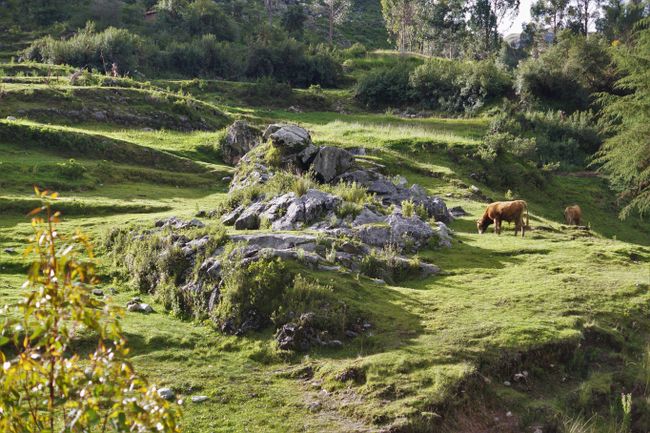
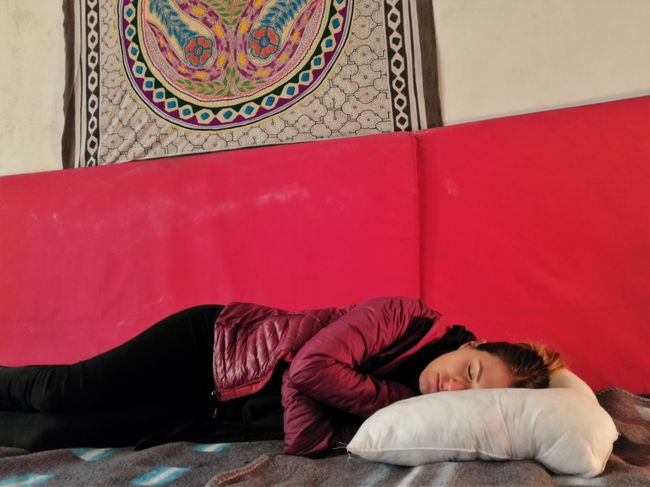
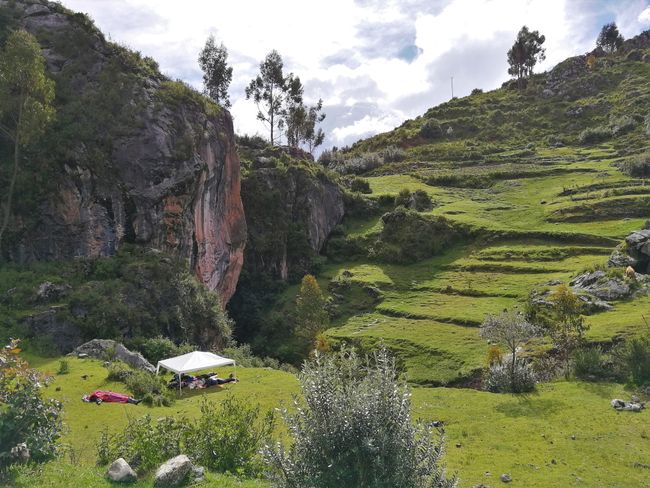
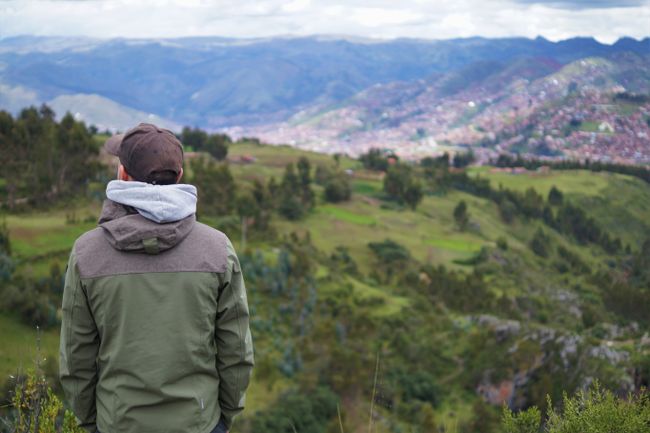
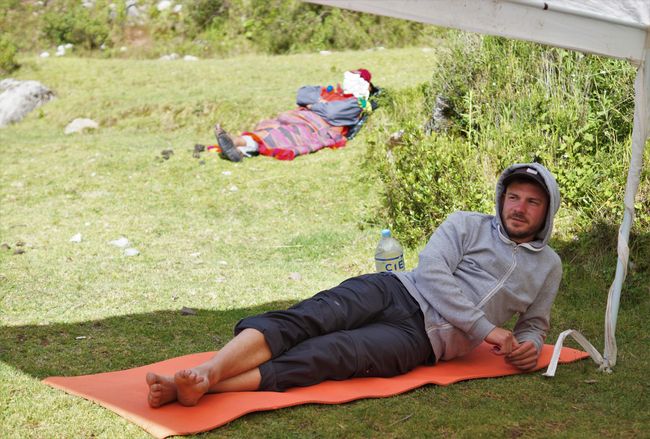
Բաժանորդագրվել տեղեկագրին
19/01 - 24/01
We did not get to see the unique Machu Picchu, the Inca trail, or the colorful Rainbow Mountains, all of which Cusco is famous for!
It is quite a strange feeling to travel to Cusco and not visit Machu Picchu. We debated for a long time, but ultimately decided that it was just not worth it on this trip. It is in the middle of the rainy season now, and there are at least two heavy rain showers every day. And if we want to see Machu Picchu, it should be the culminating destination of a multi-day hike. Since these tours are quite expensive, we did not want to spend so much money just to wander around in the rain for four days and see Machu Picchu and the surrounding landscape only through a blanket of clouds...
From Copacabana, we took a bus to Cusco. After a few minutes, we reached the border and had to exit and enter. We are still amazed at how easy it is for Austrians to travel: No visa, no entry fees - just hand over the passport and fill out a small form! After three more hours, we reached Puno, where we had to change buses. From Puno, we spent another nine hours on a double-decker bus until we finally arrived in Cusco. By now, we are used to long travel times, the only unpleasant part was the combination of poor ventilation and people with intense body odor. When we arrived in Cusco, we were happy to finally have a room with a small heater and hot water again.
But what do you do in Cusco when you don't visit the usual attractions? Cusco alone is already a very beautiful city that you can explore in more detail for a day. After all, it used to be the capital of the Inca Empire until the Spanish invaded. As a result, there are many buildings and structures in both Inca and colonial styles.

But that is by no means enough program for a five-day stay. Emi - long before we started the trip - came across an interesting article about the so-called 'San Pedro Experience' when researching Cusco. It is a spiritual ceremony where you drink a specially prepared juice made from the San Pedro cactus. The accounts of the people who have already done it were so positive that we decided to give it a try as well.
So we set out to find a reputable provider and found the 'Healing Tree Center'. This organization refers to itself more as a medical institute and offers not only the San Pedro Experience but also other treatments with so-called 'Master Plants' (medicinal plants). The most gruesome and intense one is 'Ayahuasca', but more on that later.
We contacted the people at the Healing Tree Center and visited their office for an initial consultation. Juanita and Italo - the institute's operators - explained to us what to expect and also asked us some questions about our dietary behavior and health. Usually, it is recommended to follow a strict diet one week before the ceremony. Since we had only signed up two days before, one day of dieting should be enough for us. From now on, we had to give up coffee, meat, sugar, medication, vitamin supplements, and more, and do a detox with 'volcanic water' the next morning.
After we had everything sorted out, we went to eat - strictly following the diet, we ate vegan. Fortunately, the culinary scene in Cusco is very much tailored to the needs of Western tourists, and we had a vegan restaurant on our wishlist anyway. The food was really excellent. If you want to dine vegan in Cusco, 'Green Point' is highly recommended. As a passionate meat eater, I must admit that the vegan food there was delicious, I didn't miss meat. For the rest of the day, we mentally prepared ourselves for the next two days.
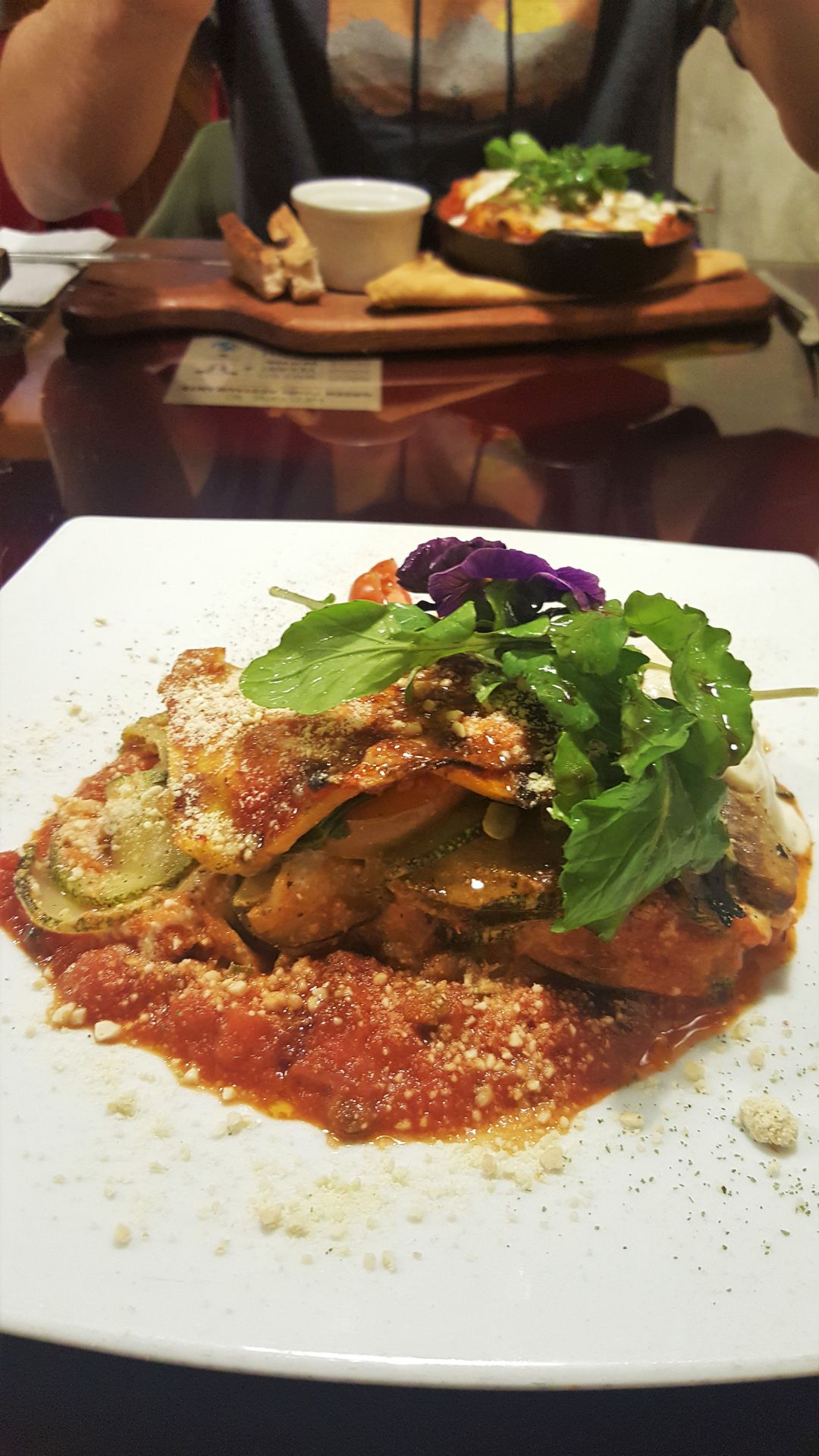
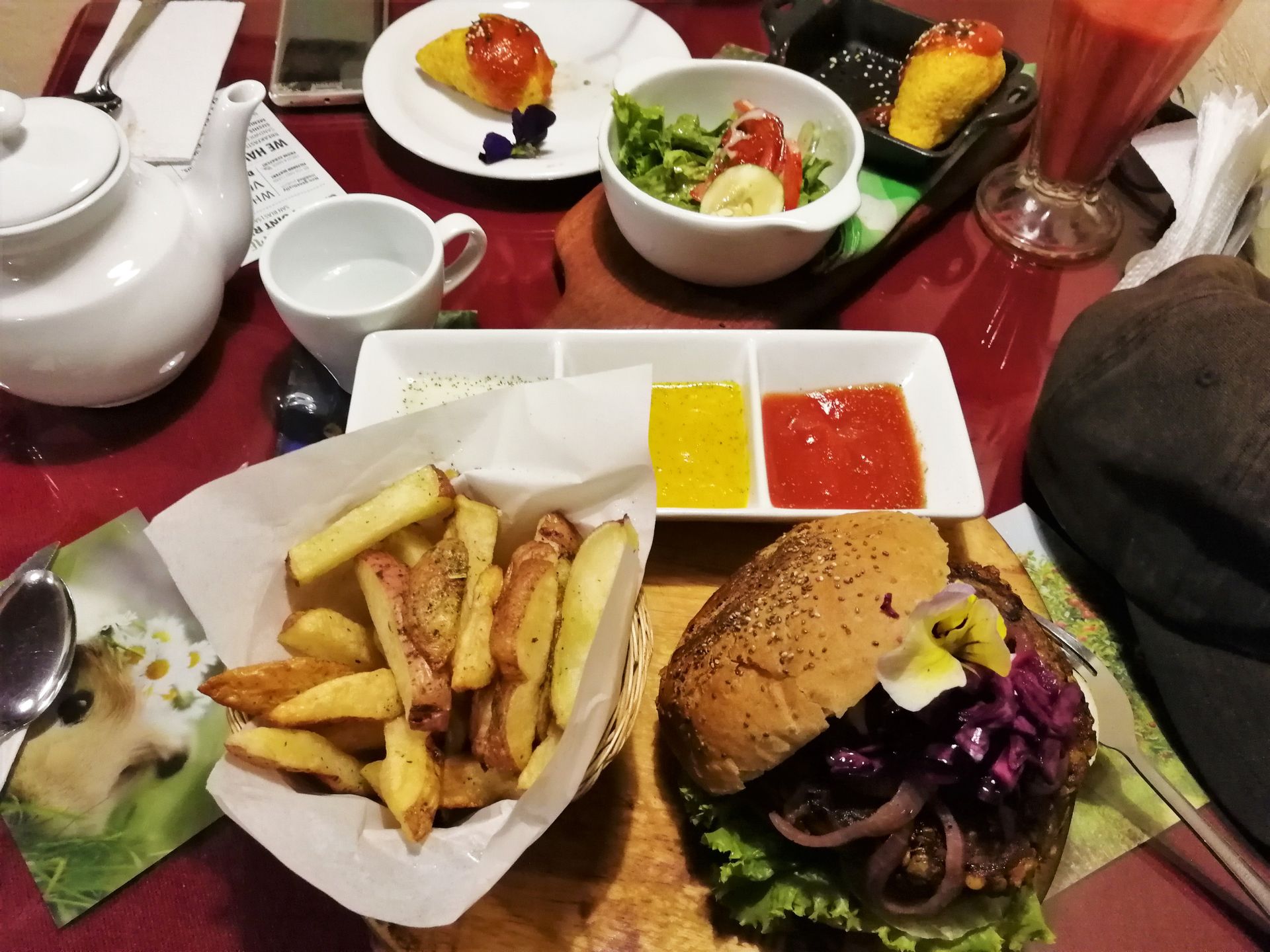
The next morning, a young lady with a huge container of volcanic water came to our hostel at 8 am sharp. She explained to us in very broken English that we had to drink 8 - 10 cups of it on an empty stomach. At first, I thought they would be small plastic cups and was not very surprised by this amount. However, she unpacked two 500 ml cups for us! We wondered how we were supposed to drink at least 4 liters of liquid within one to two hours. 'Do you have enough toilet paper?' she asked. This stuff is actually a laxative and has the same effect as an enema. The water tasted somewhat salty but was drinkable. The first two cups were quickly emptied. After that, we had to do some physical exercises to get the circulation going and make some space in our stomachs. From the third or fourth cup, it started to become uncomfortable. An unpleasant chill also joined in - apparently, the excess water was cooling our bodies from the inside. From the fifth cup onwards, digestion started, and we alternated between drinking a cup and going to the toilet. I don't remember exactly how, but I actually managed to drink 4 liters of volcanic water...Emi was cleansed after 3 liters.
After the detox tour, we were very hungry and went back to the vegan place. On the way there, I was already very weak, it was hot, and we had to climb a lot. All these circumstances contributed to the fact that I couldn't help but think about good Austrian food the whole time. I was particularly drawn to pork, which we were definitely not allowed to eat during our diet. Schnitzel, roast pork, cheese sausage, Heurigen snack, ribs: at that moment, I decided that I would have to let my father show me how to prepare a proper roast pork.
The next morning, Juanita picked us up at 8 o'clock sharp with the shaman Nicolas and our driver (unfortunately, I forgot his name). During the drive to the office in town, where Juanita got off, she told us very happily and carefree what to expect throughout the day. Emi's nervousness increased every minute, especially when Juanita got off and left us in the car with the two men who spoke Spanish. We then drove through the city for a while and further up the mountain behind Cusco. At some point, the roads became unpaved and the ride became quite bumpy. After about half an hour by car, we arrived at an old, run-down house. We got out, took our things and entered a small courtyard through an iron gate. There were a blonde woman and a young guy sitting there - our Russian companion Danil, as it quickly turned out. We were asked to take a seat and wait. During the waiting time, we talked to the blonde woman, who was from Denmark and was doing a three-day Ayahuasca treatment. Ayahuasca is like heroin among the Master Plants. You suffer from severe hallucinations and constantly have to vomit. The first day is said to be pure torture. She didn't even have the strength to get to the toilet on her own on the first night because she felt so bad. She wanted to give up already but was persuaded by the shaman to continue. She told us that she had set a specific goal for her treatment and that she was already well on her way after the second day - for example, her chronic shoulder pain has disappeared, which she initially could not believe at all. At some point, her husband briefly came by, shook hands with us, and went back to sleep immediately. He looked like a miserable heap. Through all these horror stories, we became even more nervous and bombarded the poor Danish woman with unnecessary questions, preventing her from finally finishing her porridge after two days of fasting. Our tension was more or less unfounded, as San Pedro is a much gentler form of spiritual cleansing compared to Ayahuasca.
After what felt like 20 minutes, Danil finally took us to a large, dark, and above all, cold room for the first part. We sat down on thin mattresses next to each other, and Danil calmly and gently explained to us what San Pedro is, what symptoms to expect, and how the day would unfold.
San Pedro is a mix of water and cactus - its original name is actually 'Wachuma', which means 'Everything in its place'. So it is about finding harmony within oneself and renewing one's connection to Pachamama - Mother Earth. San Pedro was used by the indigenous people of the area in the past as a physical and mental remedy when they had no access to modern medicine. Allegedly, it helps against parasites, early stages of cancer, diabetes, and much more. The full effect only sets in after about two to two and a half hours, and we should primarily focus on ourselves and not worry too much about our partner's well-being - this hinders our own healing process.
Eventually, the shaman joined us, put on his carpet, and put on his tasseled hat, and the whole thing started again, only this time the shaman explained in Spanish and Danil translated into English for us. Then the first ceremony followed. Each of us received three coca leaves in our hands, and the shaman spoke something in the indigenous language to wish us the best for the 'trip' (there were 3 things, of which I only remember harmony). After the words, we blew on the coca leaves three times and then had to chew them. Afterwards, the shaman individually enveloped us with smoke - he blew cigarette smoke on our heads and between our palms. Then came the drinking part...
During the introduction, Danil had already warned us that this part would be the hardest because the drink is disgusting - which was actually a huge understatement. It was a green, viscous, foul-smelling, and slimy liquid.
Even now as I am writing this, it still gives me shivers just thinking about it...

From this point on, Emi and I experienced the day very differently, so each of us wrote about it on the same day. The posts would far exceed the scope of this blog entry. But if you are curious about a detailed, sometimes very intimate, and probably entertaining account of our cactus trip, please feel free to get in touch with us! :)
In summary, one can say that one probably does very strange things and seems a bit absent to outsiders. But in fact, one is highly concentrated and focused on oneself. It is comparable to meditation, where you are completely in the here and now and don't perceive anything else. The whole spiritual mumbo jumbo is nice, but let's be honest - you are simply getting high on mescaline! For us, it was definitely a unique and extremely positive experience that we will not forget anytime soon. We don't want to withhold a few photographic impressions from you...


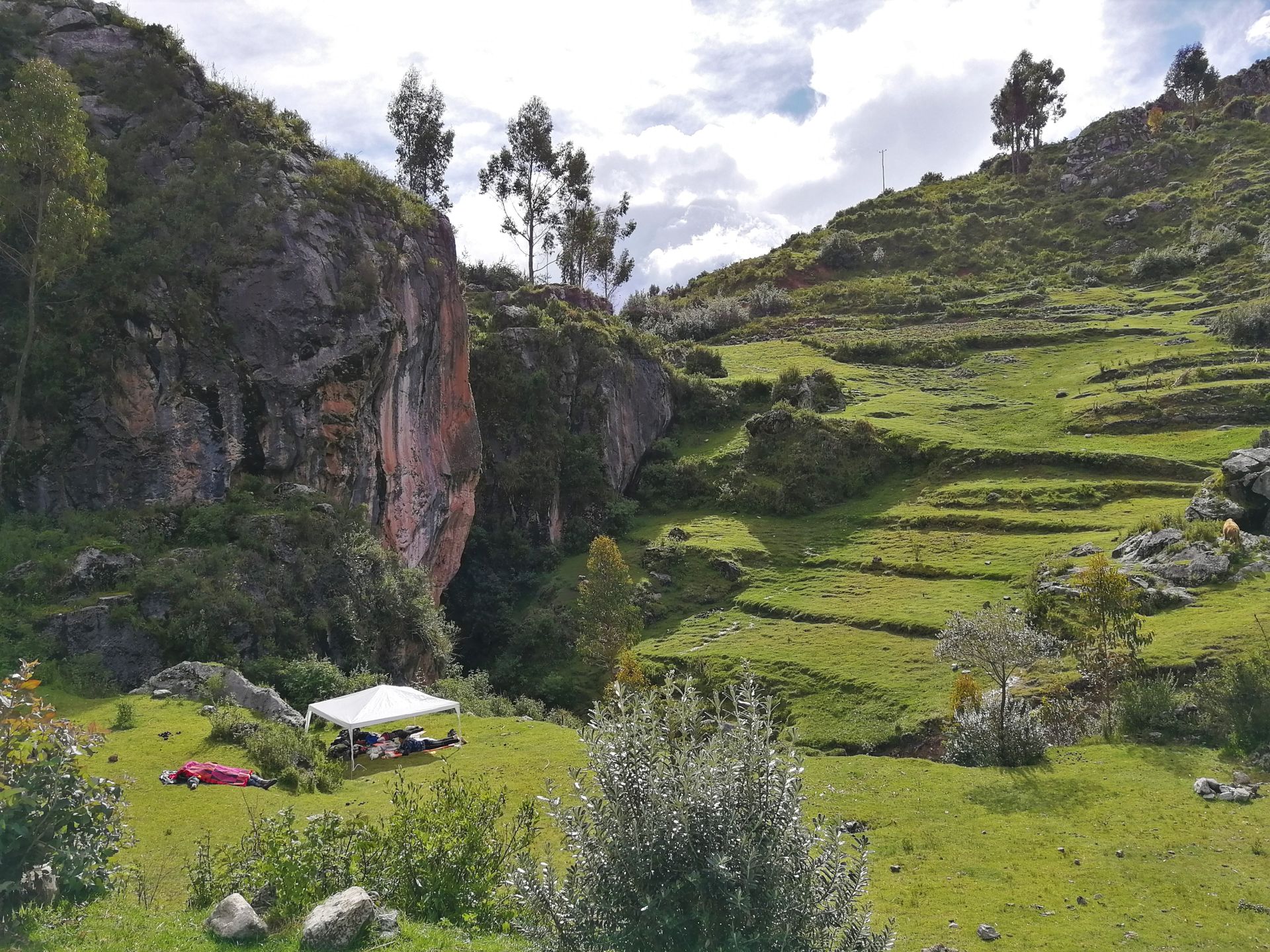
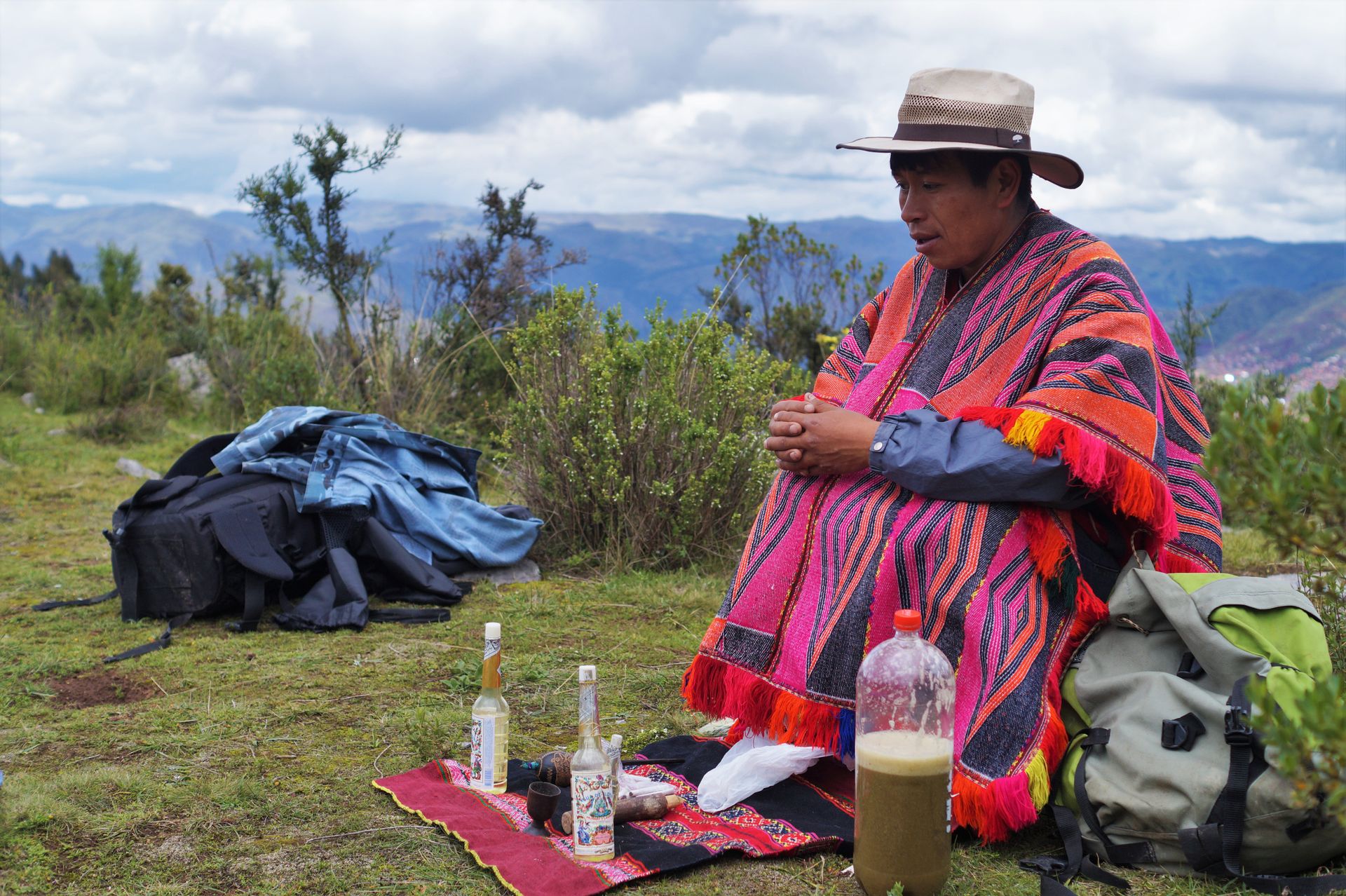
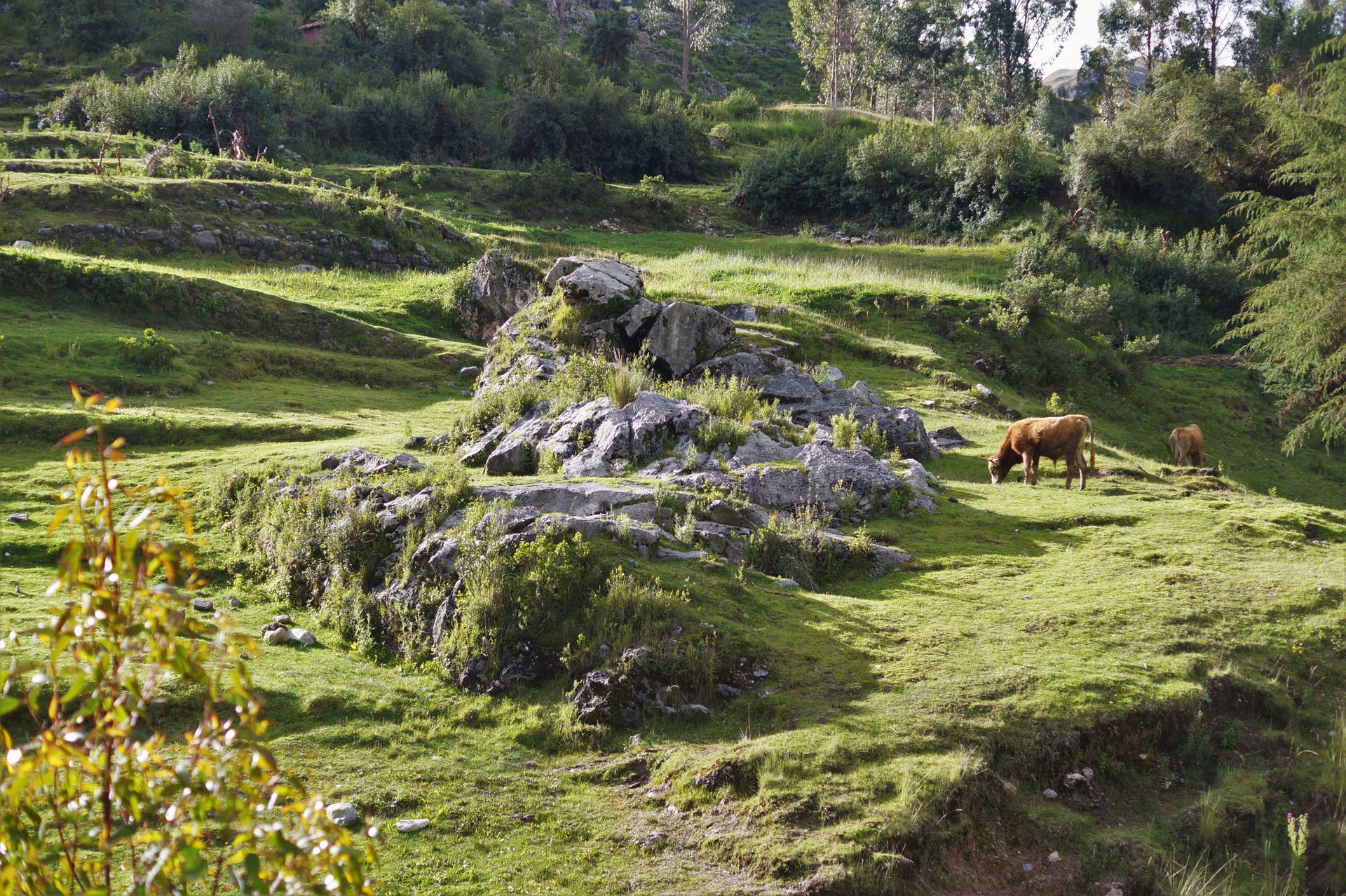
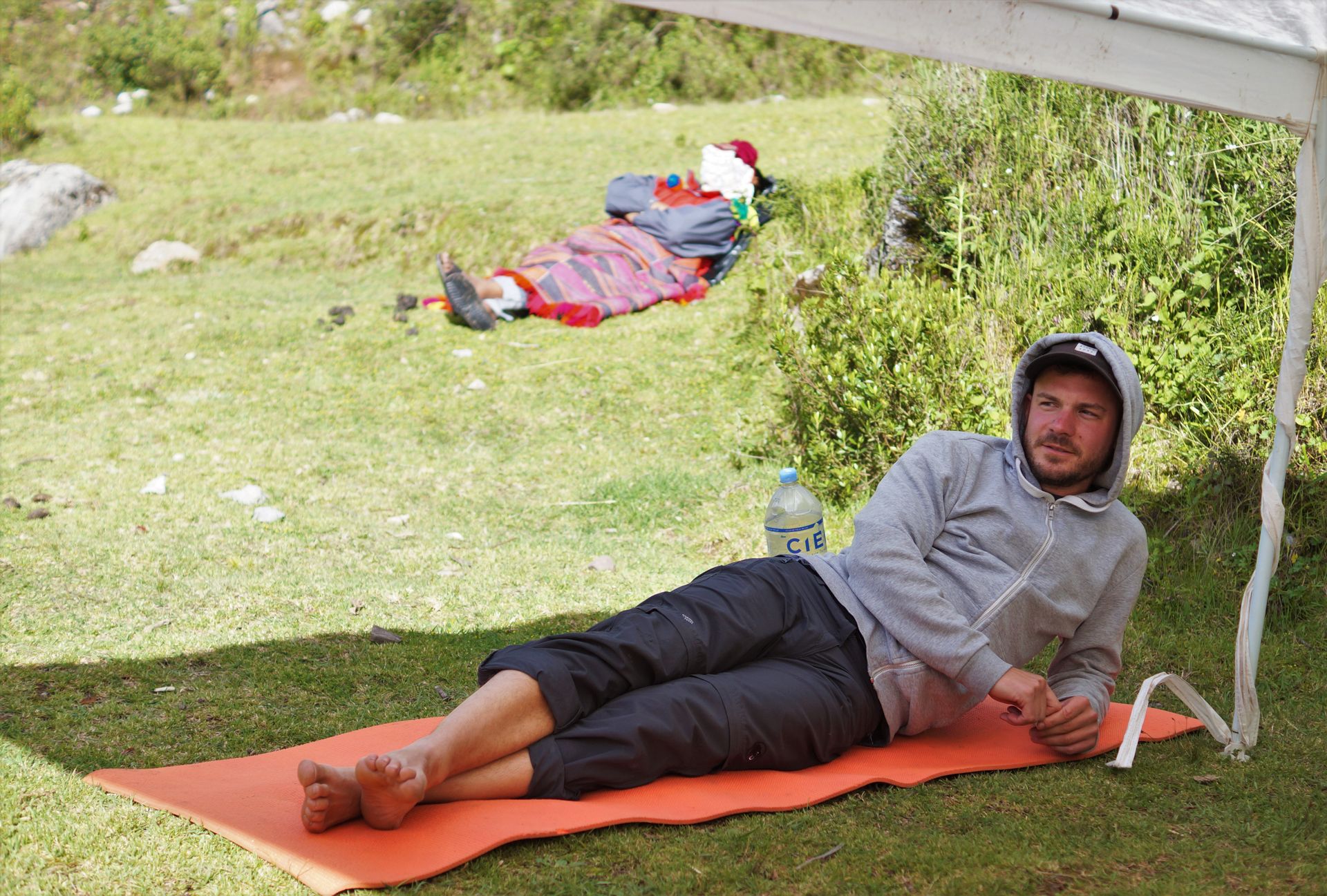
Conclusion:
Cusco is a surprisingly beautiful city. We didn't do much research on it beforehand and were expecting a small town. Only there did we find out that it used to be the former capital of the Inca Empire. It also heavily relies on tourism, which means that a lot of money stays in the city and there is good infrastructure. Despite being there during the rainy season, there were extremely many tourists - I can't imagine what it's like here during the high season.
We will definitely come back to make up for what we missed. Cusco was also our only stop in Peru, so we have almost no choice but to come back to this country to get to know it properly!
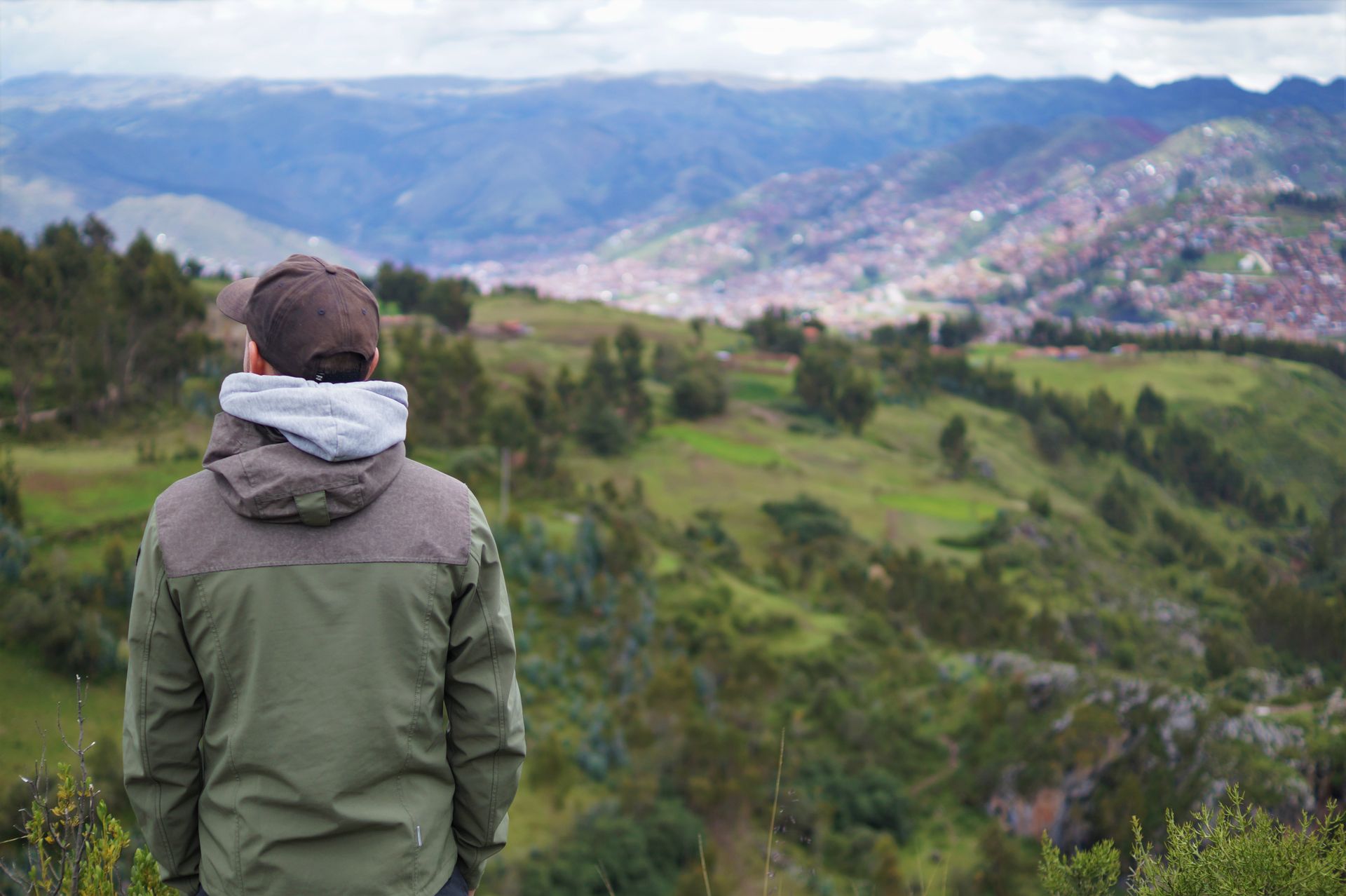
Hasta pronto!
E&L
>> Next stop: Colombia <<
Բաժանորդագրվել տեղեկագրին
Պատասխանել

Ճանապարհորդական հաշվետվություններ Պերու
